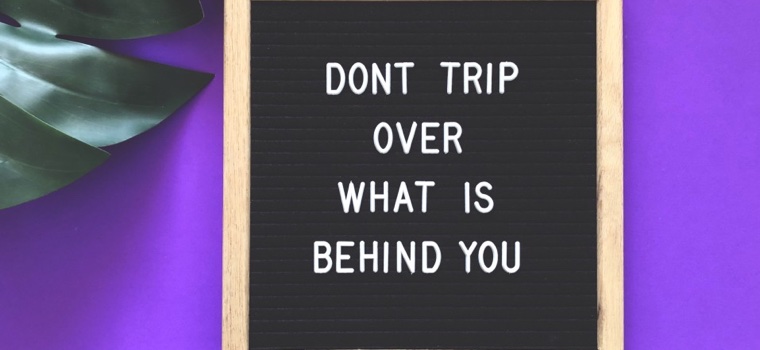
If I had to pick a motto for midlife, it would be things change. You don’t have to be a Greek scholar like Heraclitus to know it’s the only constant in life.
In our 40s and 50s, change crescendos. Family structures evolve as loved ones move on and pass on. We face career crossroads. And our bodies just ain’t what they used to be.
Now, you could read that last paragraph two different ways. One stuck in what was, the other freed up to explore what’s next.
The key to deciding which way the doors of your midlife perception swings is how easily (or not) you can let go.
Free your mind (and the rest will follow)
Why we cling to the past is less about conscious choice, more about biology. Your limbic system, or “lizard brain,” constantly scuttles you in the direction of safety and comfort. It’s also the seat of resistance, which thrives on triggering the three strongest emotional drivers: love, fear, and rage.
From this ego-driven stance, it’s nearly impossible to give anyone or anything a hall pass. Dr. David R. Hawkins, a psychiatrist and spiritual thought leader, likens us to pressure cookers, ready to release steam when even slightly provoked.
His advice is to instead go right to the source fueling underlying tensions — usually repressed anger, guilt, fear and other negative feelings. Release those suckers, and you’re in the business of letting go.
Surrender to sensation
Hawkins describes a simple yet powerful technique to moving on:
Letting go involves being aware of a feeling, letting it come up, staying with it, and letting it run its course without wanting to make it different or do anything about it. It means simply to let the feeling be there and to focus on letting out the energy behind it. The first step is to allow yourself to have the feeling without resisting it, venting it, fearing it, condemning it, or moralizing about it. It means to drop judgment and to see that it is just a feeling.
In other words, the thing your mind clings to is an illusion. It’s a fleeting sensation that traps you in what’s familiar (even if it’s a negative feeling), and holds you back from moving forward.
When you give up resisting or trying to modify the feeling, it will shift to the next feeling and be accompanied by a lighter sensation. A feeling that is not resisted will disappear as the energy behind it dissipates.
The thing to give up is trying to find relief, resolution or retribution in the past. Let go, and you’ll find promise in the present — and an easier path into the future.
Letting Go: The Pathway of Surrender (Amazon Associates)
